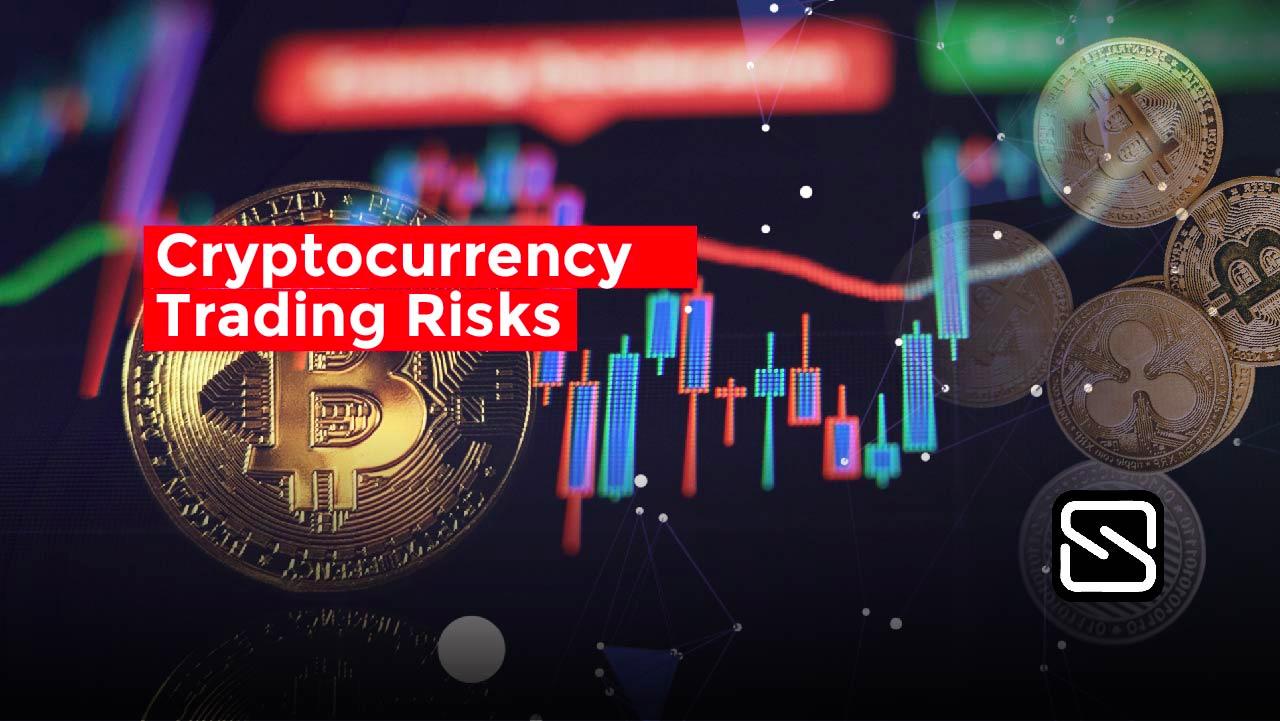Cryptocurrency Trading Risks: What You Should Know
Cryptocurrencies have made the World Economic Forum’s (WEF) list of top digital trends for 2022 and here are some risks that you should know.
By Staff
Cryptocurrencies have made the World Economic Forum’s (WEF) list of top digital trends for 2022, supported by research from the Thomson Reuters Foundation that defines it as advancing from the “fringes of finance to the mainstream.”
Several nations have adopted cryptocurrencies as legal cash and people are putting their assets in crypto wallets rather than traditional financial institutions.
Countries are exploring or have begun to use Central Bank Digital Currency (CBDC), which enables businesses and consumers to make payments directly utilizing digital currencies rather than more traditional ways of payment. There are, however, risks, as Anna Collard, SVP Content Strategy & Evangelist at KnowBe4 Africa points out:
“The cryptocurrency ecosystem is still very much the Wild West,” she says.
DeFi users and investors have lost over $12 billion due to theft and fraud through malicious exploitation of flaws in decentralized applications (DApps), decentralized exchanges (DEXs), lending protocols, and asset management offerings, according to Elliptic’s report, DeFi: Risk, Regulation, and the Rise of DeCrime.
Cryptocurrency vulnerabilities have long been a source of concern. China, Bangladesh, Qatar, Nigeria, Egypt, and Morocco are among the countries that have imposed increasingly sophisticated prohibitions on them, while others are exploring tightening controls on how these currencies are stored and accessible.
“Crypto platforms and services use websites and third-party service providers that are off the blockchain to interact with their customers. They host websites, other providers’ APIs and use email or chat services, like Discord, and every one of these opens up a new loophole for criminals,” says Collard.
“This could be used to phish their customers, scam them, hijack accounts and steal data, or gain user trust so they can steal their information. These are just some of the opportunities that are ripe for fraud, and people need to be prepared for these risks and take steps to protect their funds.”
Moving cash from a hot wallet to a cold wallet or cold storage quickly is a reasonable move. Since they are not directly connected to the internet, they store users’ private keys offline, ensuring that no one on the internet can tamper with them.
Cold storage adds a new layer of security to your computer, reducing the risk of your secret key being stolen by malware. This provides some protection, but it won’t keep you safe from phishing scams that try to trick you into authorizing payments, handing over your private key to scammers, or falling for any of the other fraudulent crypto investment schemes.
That is why it is critical to completely comprehend the complexity and dangers associated with cryptocurrencies in order to wisely protect yourself while using them.
There are also difficulties with the platforms and marketplaces themselves, many of which are plagued with scammers that engage in fraudulent trade, defraud consumers, and conduct scams. They haven’t vanished just because the currency has been relocated to digital channels.
“Smart contracts are pieces of code that are used by crypto platforms, exchanges, and other players to transact on the blockchain. These pieces of code are written by software engineers who, like any other human, make mistakes. So what cybercriminals do is sift through GitHub and look for known or reported vulnerabilities that they can use often to steal from the platforms directly,” concludes Collard.
“If the world really wants to move towards cryptocurrencies as a more accepted mainstream form of finance, the ecosystem has to sort out its security (and sustainability) challenges first. And investors or potential users need to understand the inherent risks in this market, do their best to protect their wallets, remain aware of social engineering, and stay ahead of the scams.”
